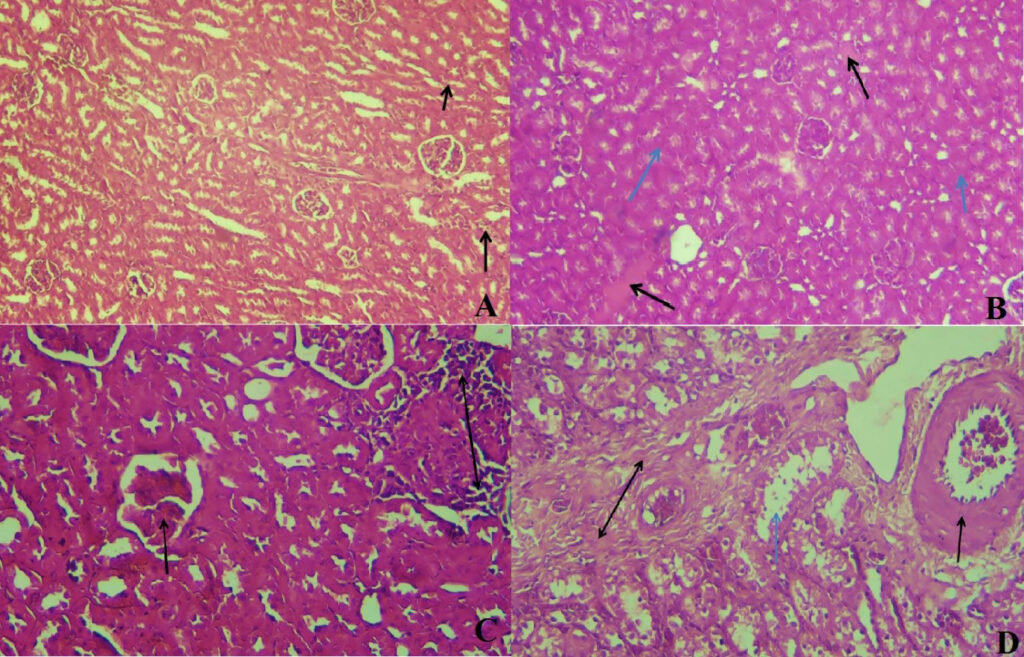Citrobacter peritonitis is a rare but serious infection of the peritoneum, the thin membrane lining the abdominal cavity. It is caused by bacteria from the Citrobacter genus, a group of Gram-negative bacilli commonly found in water, soil, and the human gastrointestinal tract. While Citrobacter species are typically opportunistic pathogens, they can lead to severe infections, particularly in immunocompromised individuals or those undergoing peritoneal dialysis.

Epidemiology and Risk Factors
Citrobacter infections, including peritonitis, are uncommon but clinically significant. Risk factors for developing Citrobacter peritonitis include:
- Peritoneal dialysis (PD): Patients on continuous ambulatory peritoneal dialysis (CAPD) or automated peritoneal dialysis are at higher risk.
- Immunosuppression: Conditions such as diabetes, cancer, or organ transplantation increase susceptibility.
- Abdominal surgeries or trauma: Disruption of the peritoneal lining provides an entry point for infection.
- Pre-existing intra-abdominal infections: Conditions like appendicitis or diverticulitis can facilitate bacterial translocation.
Pathophysiology
The pathogenesis of Citrobacter peritonitis involves bacterial invasion of the peritoneal cavity through various routes:
- Direct inoculation: Contamination during peritoneal dialysis or surgical procedures.
- Hematogenous spread: Infections originating in other parts of the body, such as the urinary tract.
- Translocation from the gastrointestinal tract: Bacteria breach the intestinal mucosal barrier during systemic illnesses or gut flora imbalances.
The resulting inflammatory response leads to symptoms such as abdominal pain, fever, and systemic signs of infection.
Clinical Presentation
Symptoms of Citrobacter peritonitis can vary depending on the severity of the infection. Common clinical manifestations include:
- Abdominal pain: Often diffuse and accompanied by tenderness.
- Fever and chills: Indicative of systemic inflammation.
- Nausea and vomiting: Due to irritation of the gastrointestinal system.
- Cloudy peritoneal effluent: A hallmark sign in patients undergoing peritoneal dialysis.
- Hypotension and tachycardia: Signs of sepsis in advanced cases.
Prompt recognition of these symptoms is critical for timely diagnosis and management.
Diagnostic Approach
Accurate diagnosis of Citrobacter peritonitis requires a combination of clinical assessment and laboratory investigations:
- History and Physical Examination: Evaluate risk factors such as dialysis history, recent abdominal procedures, or immunosuppression.
- Peritoneal Fluid Analysis:
- Cell count: Elevated white blood cell count (>100 cells/μL) with neutrophilic predominance suggests infection.
- Gram staining: Identifies Gram-negative bacilli.
- Culture and sensitivity: Confirms the presence of Citrobacter and guides antimicrobial therapy.
- Imaging Studies:
- Ultrasound or CT scans can detect intra-abdominal abscesses or other complications.
Treatment Strategies
Management of Citrobacter peritonitis involves both antimicrobial therapy and supportive measures:
- Empiric Antibiotic Therapy:
- Start broad-spectrum antibiotics with coverage for Gram-negative bacteria (e.g., ceftazidime, cefepime, or carbapenems).
- Adjust therapy based on culture results and antibiotic sensitivity.
- Removal of Infection Source:
- For peritoneal dialysis patients, consider temporary catheter removal if the infection persists.
- Drain abscesses or surgically manage perforations if present.
- Supportive Care:
- Monitor and manage sepsis-related complications (e.g., hypotension, organ dysfunction).
- Provide fluid resuscitation and nutritional support as needed.
Prevention and Prognosis of Citrobacter pneumonia
Preventive strategies are essential in reducing the incidence of Citrobacter peritonitis:
- Strict Aseptic Techniques: During peritoneal dialysis and surgical procedures.
- Patient Education: Teach peritoneal dialysis patients proper catheter care and hygiene practices.
- Early Intervention: Address urinary tract infections, gastrointestinal disturbances, and other predisposing conditions promptly.
Prognosis depends on timely diagnosis and appropriate treatment. Delayed intervention can lead to severe complications, including sepsis, abscess formation, and mortality.